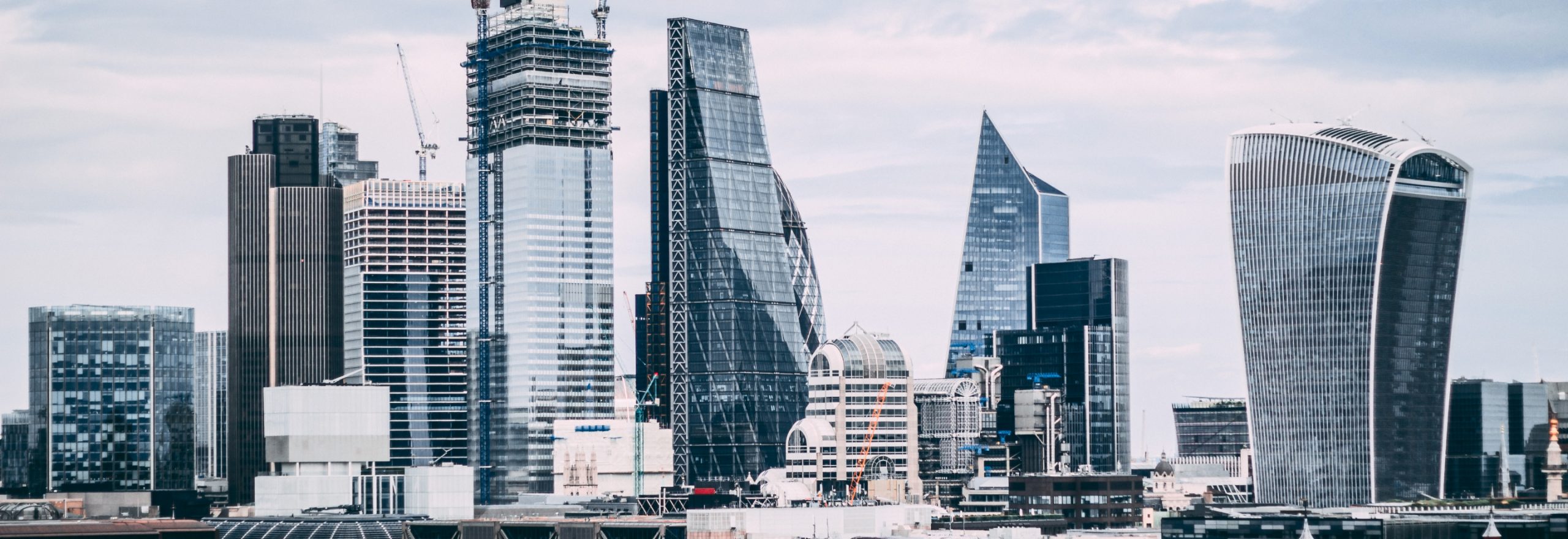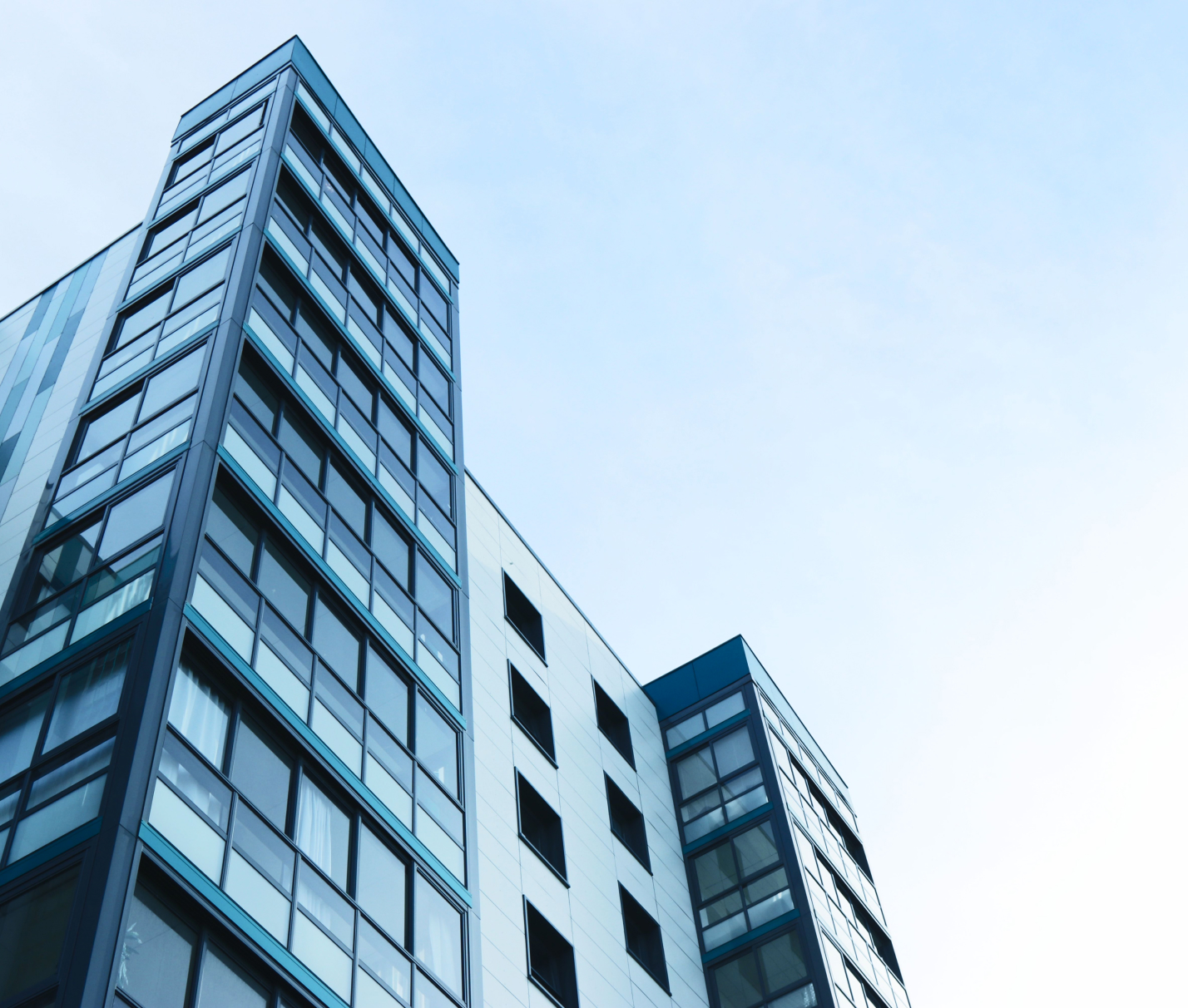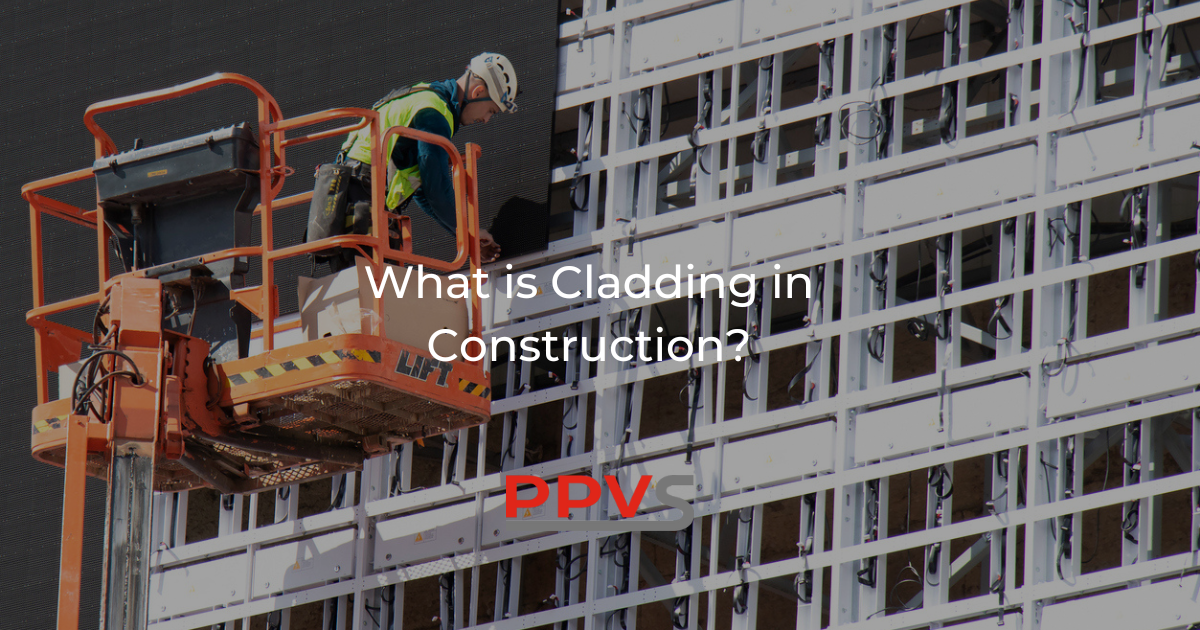PPVS Complete Facilities Management

What is CCTV?: Everything You Need to Know
Closed-circuit television (CCTV) has become a standard for security across both residential and commercial settings. It is an integral part of modern security systems, allowing for round-the-clock monitoring of premises and assets. Its deployment spans various environments, from retail stores and public spaces to private homes and corporate offices, emphasising its importance in today’s society where security concerns are paramount. So, in this article, we’ll go over everything you need to know about CCTV.
How Does CCTV Work?
CCTV systems operate on a relatively straightforward mechanism: cameras capture footage which is then transmitted to monitors for real-time viewing or recording for future reference. The system can be broken down into three primary components:
- Cameras: These cameras are positioned to monitor and record live footage of specified areas.
- Monitors: The monitors are used to view the live feed from cameras. Operators use these monitors to oversee activities and respond to incidents.
- Recording Devices: The recording devices are used to store the footage captured by cameras, which can be retrieved for later use, especially useful in police investigations.
Traditional CCTV systems are analogue, which means the video feed is transmitted as a standard broadcast signal to monitors. Modern systems, however, are increasingly using digital video, involving the conversion of video into data and transmitting it over a network, which enhances video quality and accessibility. This is known as IP based CCTV network systems.
CCTV systems can either be wired, which involves connecting cameras to monitors and recorders through cables – or wireless, which transmits video via Wi-Fi or other wireless networks such as wireless transition equipment accessories available within the market. Wired systems are known for reliability and uninterrupted service, whereas wireless systems offer flexibility and easier installation.
Types of CCTV Cameras
The evolution of CCTV technology has led to the development of various types of cameras, each suited for specific applications and environments. Learning about the different options will help you decide which type of CCTV camera is best for your needs. They include:
Dome Cameras
Named for their dome-shaped housing, these cameras are commonly used in retail and general security due to their discreet appearance and harder-to-tamper design. They’re often mounted on ceilings, providing a panoramic view of the area, making them less noticeable and ideal for surveillance.
Bullet Cameras
These cameras are distinguished by their long, cylindrical shape, resembling a bullet. They’re typically used outdoors – their robust designs are capable of withstanding harsh weather conditions, and they often include features like high-quality night vision and long-range viewing capabilities.
C-Mount Cameras
C-mount cameras allow for simple lens changes to fit different applications, which can be very useful for capturing images at varying distances. They’re particularly valuable in industrial settings where precise monitoring of processes is required over different ranges.
PTZ (Pan, Tilt, and Zoom) Cameras
PTZ cameras are highly versatile with capabilities to pan (move horizontally), tilt (move vertically), and zoom in on particular objects or activities. They are ideal for areas requiring active monitoring, such as large retail spaces or public squares, where operators can control the camera to follow suspicious activities.
Day/Night Cameras
These cameras are equipped to operate under varying light conditions, providing clear video footage both during the day and in low-light conditions at night. They don’t require infrared illuminators as they can capture clear images in both natural and artificial light, making them suitable for around-the-clock surveillance.
Where Can You Point CCTV Cameras in the UK?
When installing CCTV systems, you’ll want to carefully consider both the effectiveness of the camera placement and the legal implications, particularly regarding privacy. You want your CCTV camera to do its job effectively, but this can’t go against the letter of the law.
In the UK, the use of CCTV is governed by laws designed to protect individuals’ privacy. It’s legal to install CCTV cameras on private property, but care must be taken not to infringe on others’ privacy. For example, pointing a camera at a neighbour’s property may be illegal without their consent.
Using CCTV Systems?
Following the introduction of network based systems CCTV systems can be viewed, record, playback and manage remotely via manufacturers software via mobile device applications or desktop remote connections. This allows keyholders or associated users to manage CCTV systems remotely for instant response and action.
These systems can be interlinked with audio PA systems onsite to allow for remote monitoring or managing to communicate audio and voice response upon activation. This is known as an integrated PA system.
Following the introduction of PA and network based CCTV, clients will often pay an annual monitoring fee to a trusted 3rd party remote monitoring station (ARC known as Alarm Response Centre), to allow for 24/7 monitoring services to protect properties using expert CCTV systems.
Often clients will instruct an accredited contractor who is either NSI or SSAIB accredited to maintain CCTV systems to BS standards. This is often annually or 6 monthly which is down to client preference but usually determined by clients insurances requirements.
Effective Placement for Security
To maximise the effectiveness of CCTV, cameras should be placed at strategic locations such as entry points, near valuables, or areas with limited visibility. Make sure that the placement you choose covers as much area as possible while ensuring each camera’s view is not obstructed.
Avoiding Common Mistakes in Camera Placement
Common pitfalls in camera placement include overlooking potential blind spots, inadequate coverage of significant areas, and poor positioning relative to light sources which can result in glare or backlighting that obscures footage. Consulting with a professional, such as one of our team at PPVS, can help in avoiding these issues and ensuring optimal setup of your CCTV system.
Contact our Facilities Operations Helpdesk team for all CCTV services on info@ppvs.uk or 01733 244414.

Get in touch to see how we can help with your Facilities Management.
For general enquiries please fill out the form and our team will be back in touch. Or give us a call or email using the details below.







